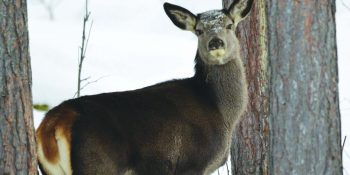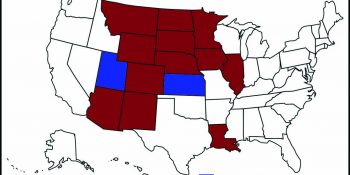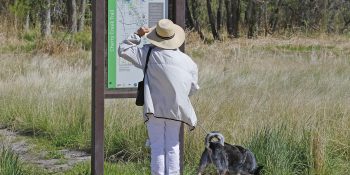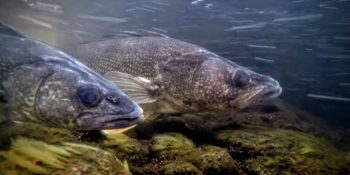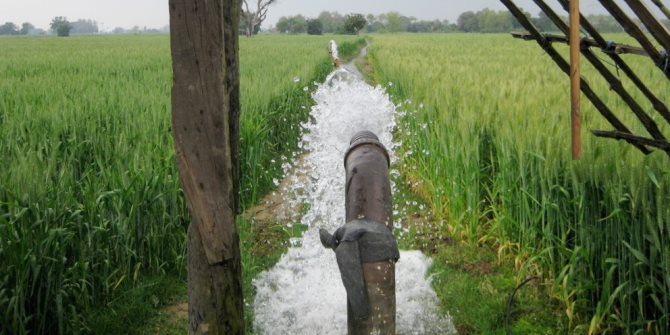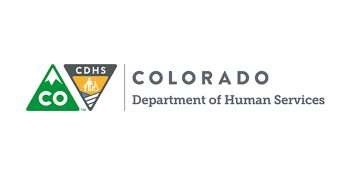LARAMIE, Wyo. — Late August when Colorado Parks and Wildlife officers wanted confirmation if they had captured the offending mountain lion involved in an attack on an eight-year-old boy in Park County, the agency turned to its friends at the Wyoming Game and Fish Wildlife Forensic & Fish Health Laboratory in Laramie.
DNA samples submitted to the forensics lab proved without a doubt that they had the offending mountain lion.
“The mountain lion that was guilty in the case had goat and human DNA on its paws,” said Wyoming’s Wildlife Forensic Program Manager Tasha Bauman. “Our numbers on this one were really very high for the likelihood ratio of a match, it was less than one-in-27 billion that its genotype would be reproducible.”
CPW is contracted with the Wyoming Forensic Lab to conduct its forensic analyses. Colorado is one of 12 states that Wyoming does forensic work for, which soon will bump up to 14, as Utah and Kansas are in the process of formalizing contracts with the lab as well.
The forensic lab is used as a tool in investigations over poaching cases and for positive identification in wildlife attacks on humans.
CPW’s current contract is a five-year deal with Wyoming, running from 2017 through 2021. From June 1, 2018 through May 31, 2019, CPW sent 14 law enforcement cases up north that resulted in 99 forensic samples and 3,086 analytical tests being run off of those.
Wyoming is in the process of gaining its international accreditation issued by the International Organization for Standardization.
As it currently stands, there are only four wildlife facilities in the world that have the international accreditation known as ISO 17205 – the U.S. Fish & Wildlife Service Forensic Laboratory in Ashland, Ore., Texas Parks and Wildlife Department’s Wildlife Forensic Lab in San Marcos, one at the University of California, Davis and the fourth is the UK Wildlife DNA Forensics Laboratory located in Scotland.
Just last summer, Wyoming opened a new state-of-the-art facility in Laramie.
“We already follow the Society for Wildlife Forensic Science standards and guidelines and we follow the ISO 17205 guidelines, so we are working at that standard already, just don’t have the official accreditation,” Bauman said. “We are working towards accreditation with this new building. We were not able to meet the requirements of accreditation previously with our lab that used to be on the University of Wyoming campus.
“[This lab] was set up in the manner where we can run everything through in a timely matter, but keep everything separated by space,” she added. “Forensics requires all your tests to be separated by time and or space, with space being ideal, so we set it up for that. We also set it up so we can store everything long-term. The lab space is amazing.”
There are only 28 certified wildlife forensic scientists world-wide, and two of them operate out of the Wyoming facility. Bauman is one of the two, and she works closely with Colorado Parks and Wildlife, not just on the cases CPW sends to the lab, but she also holds an annual training with wildlife officers on the proper steps to follow when submitting samples for forensic analysis.
“Colorado has been on as long as I think we have been open,” Bauman said. “Colorado generally sends the most cases into the forensic lab out of all the states we have contracts with. They are very receptive to our trainings and their wildlife officers do a very good job of sending in forensically useful samples.”
The Wyoming lab sees 70-80 cases a year from all the states they are contracted with and of those 5-10 are from wildlife attacks on humans.
“I have worked 74 bear and mountain lion attack cases in my career,” said Bauman, who is in her 12th year with Wyoming Game and Fish. “I’ve worked approximately 800 total wildlife cases from all the states we work for and the bulk of those come from Wyoming, Montana and Colorado.”
The tests the laboratory run are a crucial component in investigations. Serious violations of wildlife laws can be successfully prosecuted off of its results.
“The testing we run is not really subjective,” Bauman said. “It is ‘yes this is a match, or no it is not.’ “
Most cases the Wyoming lab works on come directly from wildlife law enforcement officers from the states it contracts with. When the lab is ready to do the sub-sampling, they identify the most forensically-useful sample for testing.
“We will run it through species identification using protein analysis,” Bauman said. “We will test for specific proteins to determine what species it is. If it is a sample that is not protein heavy, like a bone sample or a sample that is producing weird results on our protein test, we’ll run it through DNA sequencing.
“Once we have all of our species figured out, we’ll extract the DNA and then we can set up sex ID and microsattelite matching, where we can match two items together, like a gut pile in the field to the meat in a freezer, or to the head on somebodies wall.”
The Wyoming lab can process forensic analysis on 13 species of wildlife – elk, moose, mule deer, whitetail deer, bighorn sheep, mountain goats, black bears, pronghorn, bobcats, mountain lions, grizzly bears, turkey and sage grouse.
They keep regional database samples on the various species to help with case work.
“For our database samples when we run DNA matching cases we have to have a statistic likelihood ratio to say how likely the animal we tested is to be reproduced in the wild,” Bauman said. “We look at our regional database, look at the different alleles in those databases for each one of those animals and then we run some math to say an animal is less than one in a hundred billion to be reproduced in that population. It just gives a statistical weight to the match that we have made.”
Illegal poaching activities may require special efforts to detect, deter and prosecute. CPW also employs forensics services from other agencies. The Colorado Bureau of Investigation conducts bullet examination and the U.S. Fish & Wildlife Service has forensic capabilities as well – the Federal lab specializing in endangered or federally protected species.
Colorado has seen 49,994 wildlife violation citations issued in the last 10 years (2009-18). Having a tool like the Wyoming Forensics Lab at its disposal to help prosecute the most serious of offenses plays a big part in helping protect and conserve Colorado’s wildlife resource.
SPREAD THE NEWS
COMMENT, Like, Follow & SHARE @I70Scout
